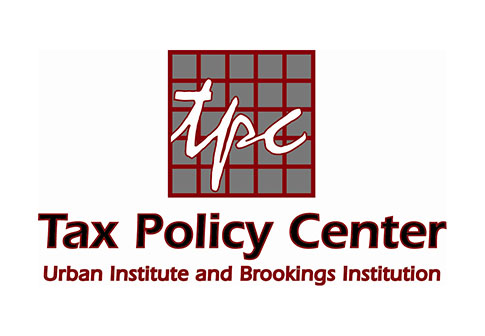A widely cited study that declares Mitt Romney's tax plan mathematically impossible makes a number of assumptions to reach that conclusions, reports the Weekly Standard.
Produced by the Tax Policy Center, a project of the Brookings Institution and Urban Institute, what the study is "really saying is not that Romney's tax plan is mathematically impossible, but that it's difficult," according to TWS:
So, according to the Tax Policy Center, we start out with an $86 billion hole in Romney's tax plan. But the Tax Policy Center's own calculations show that that $86 billion hole can, in fact, be filled without raising middle class taxes.
TPC's study assumes that pro-growth tax reform cannot produce any economic growth. TPC acknowledges that, according to an economic model created by Harvard professors Greg Mankiw and Matthew Weinzerl that assumes tax reform will produce economic growth, "the tax cuts would result in revenue reductions of $307 billion (instead of $360 billion)." In other words, economic growth could fill $53 billion of that $86 billion hole.
That still leaves us $33 billion short. But TPC also acknowledges that its study assumed that Romney would not touch "the exclusion of interest on state and local bonds and the exclusion of inside-buildup on life insurance vehicles." According to TPC, eliminating these exclusions could raise $45 billion in revenue.
So economic growth ($53 billion) plus nixing these two exclusions ($45 billion) equals $98 billion. That's $12 billion more than the $86 billion needed to prevent a middle class tax hike.
